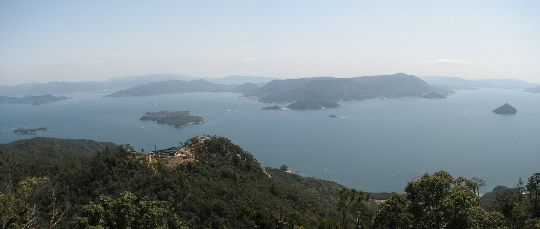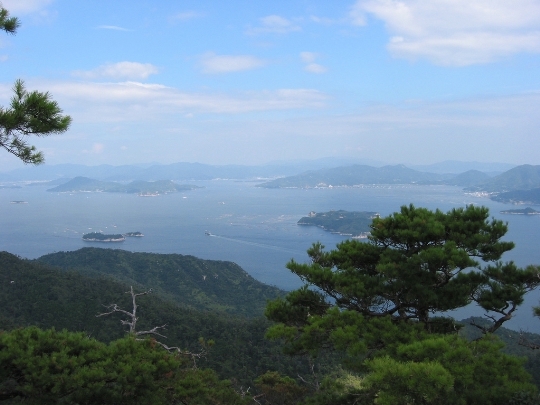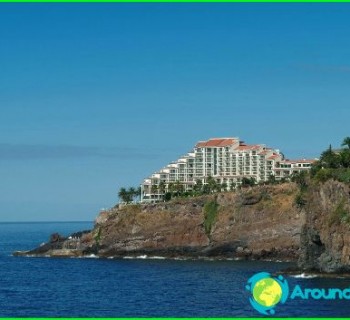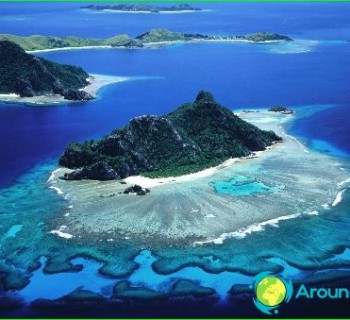Inland Sea of Japan

Seto-Naikai, or the Inland Sea of Japan, belongs to the Pacific Ocean. It is a group of straits and sea basins between the islands of Shikoku, Honshu and Kyushu. The reservoir in question connects the Bingo, Ie, Hiuchi, Harima and Suo seas. Its length is approximately 445 km, and its width does not exceed 55 km. The Kii and Naruto straits link it to the Pacific Basin to the east, while Hayasui and Bungo to the southwest. The water area is united with the Sea of Japan with the help of the Shimonoseki Strait. The sea has an average depth of about 20-60 m, the maximum depth is 241 m. There are at least 1000 islands of different sizes in the water area. The largest island is Awaji. The map of the Inland Sea of Japan shows that its shores are heavily indented..
Climatic features
In the area of the Inland Sea of Japan, a temperate climate prevails. Seasonal winds do not penetrate here thanks to the mountains in the Shikoku and Chugoku regions. The weather is quite warm there. The surface of the water in the winter months warms up to +16 degrees, in the summer the water temperature is +27 degrees. The salinity of water in the sea is 30-34 ppm.
Undersea world
The Inland Sea of Japan is home to all kinds of fish. The marine fauna includes over 500 species. Horseshoe crab, porpoise, amphidrome fish, white shark, etc. are found here..
Significance of the sea
For Japan, the coast of the Inland Sea of Japan is of great importance. This is one of the most industrially developed regions of the country. The largest industrial centers are located on the seashore: Hiroshima, Osaka, Kobe, Fukuyama, Hatsukaichi, Niihama, Kure. The shipbuilding yards are concentrated on the island of Innosima. This region also specializes in tourism, agriculture and fishing. The seaside is a popular tourist destination. The area of the sea and coast, with the exception of Wakayama and Osaka prefectures, is considered a National Park «Seto-Naikai» since 1934 Tourists from all over the world come here to see beautiful landscapes and sights.
The Inland Sea of Japan is a place of formation «red tides». They are formed due to the active reproduction of dinophytic algae and their bloom. Algae accumulate in the surface layers of the water, causing its unusual shade. The toxins released by the algae enter the bodies of shellfish and fish. Such marine life becomes dangerous for humans and animals.. «Red tides» harm aquaculture and fisheries.



